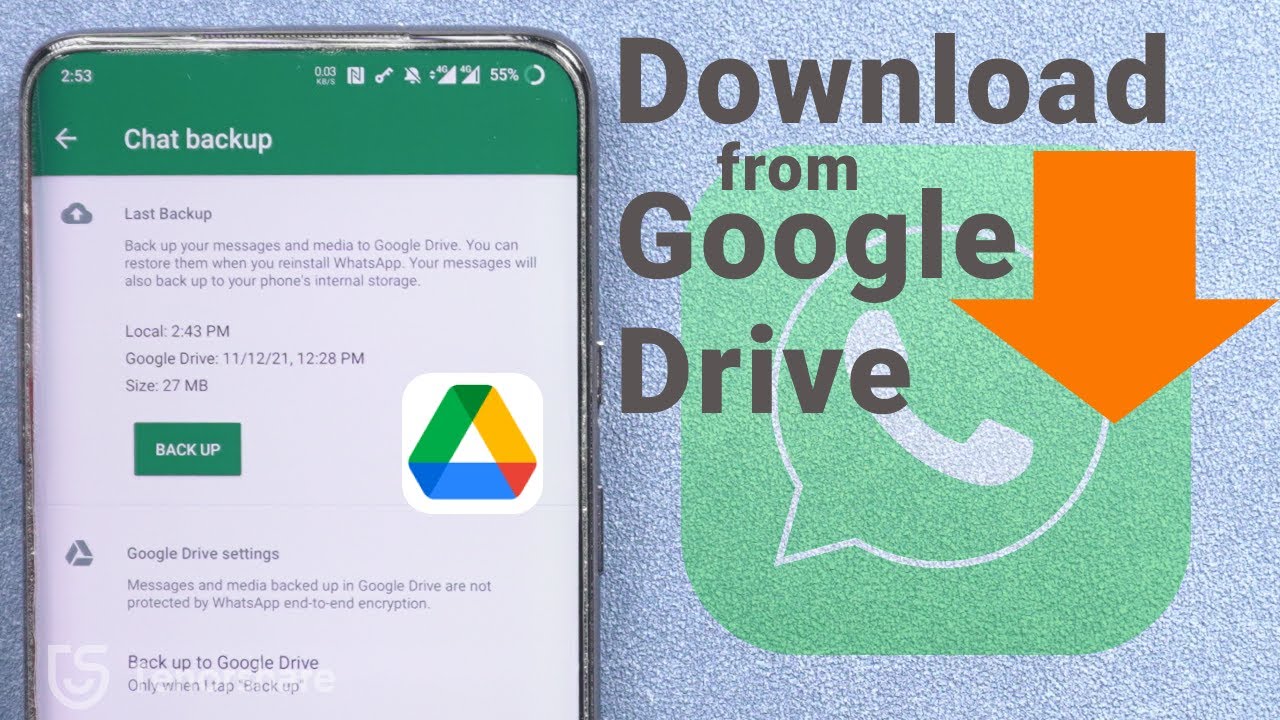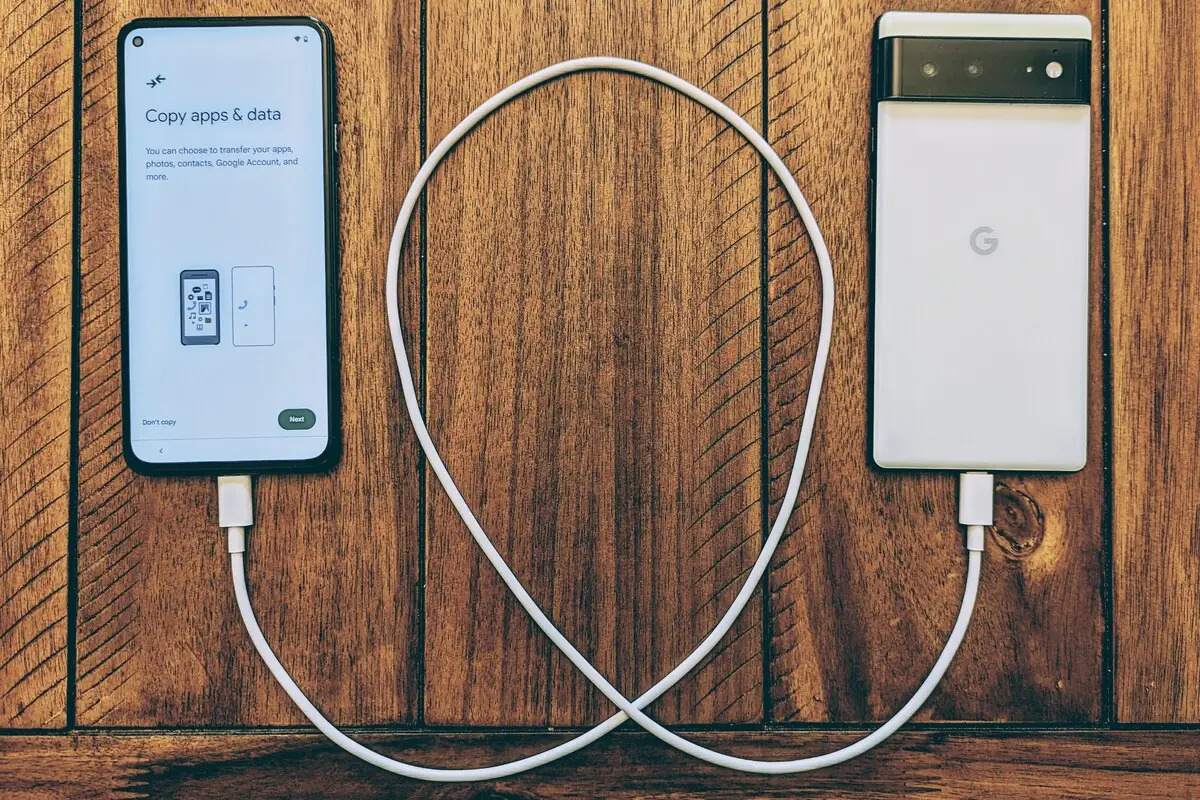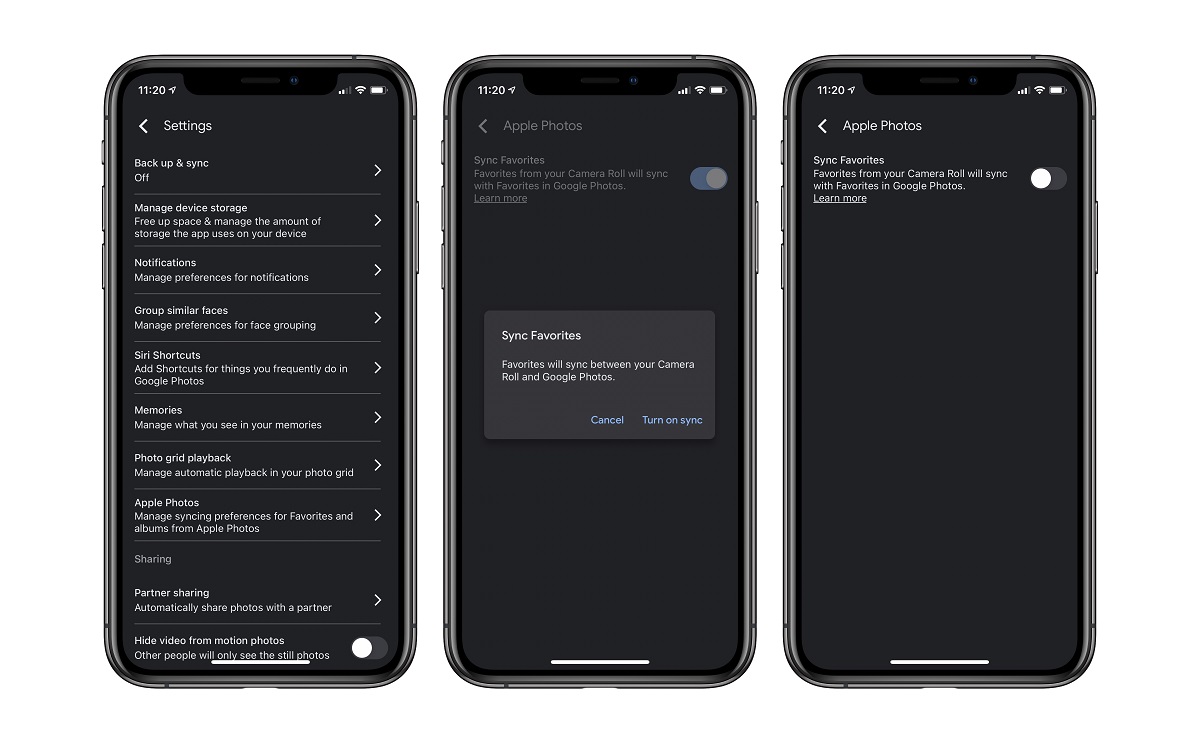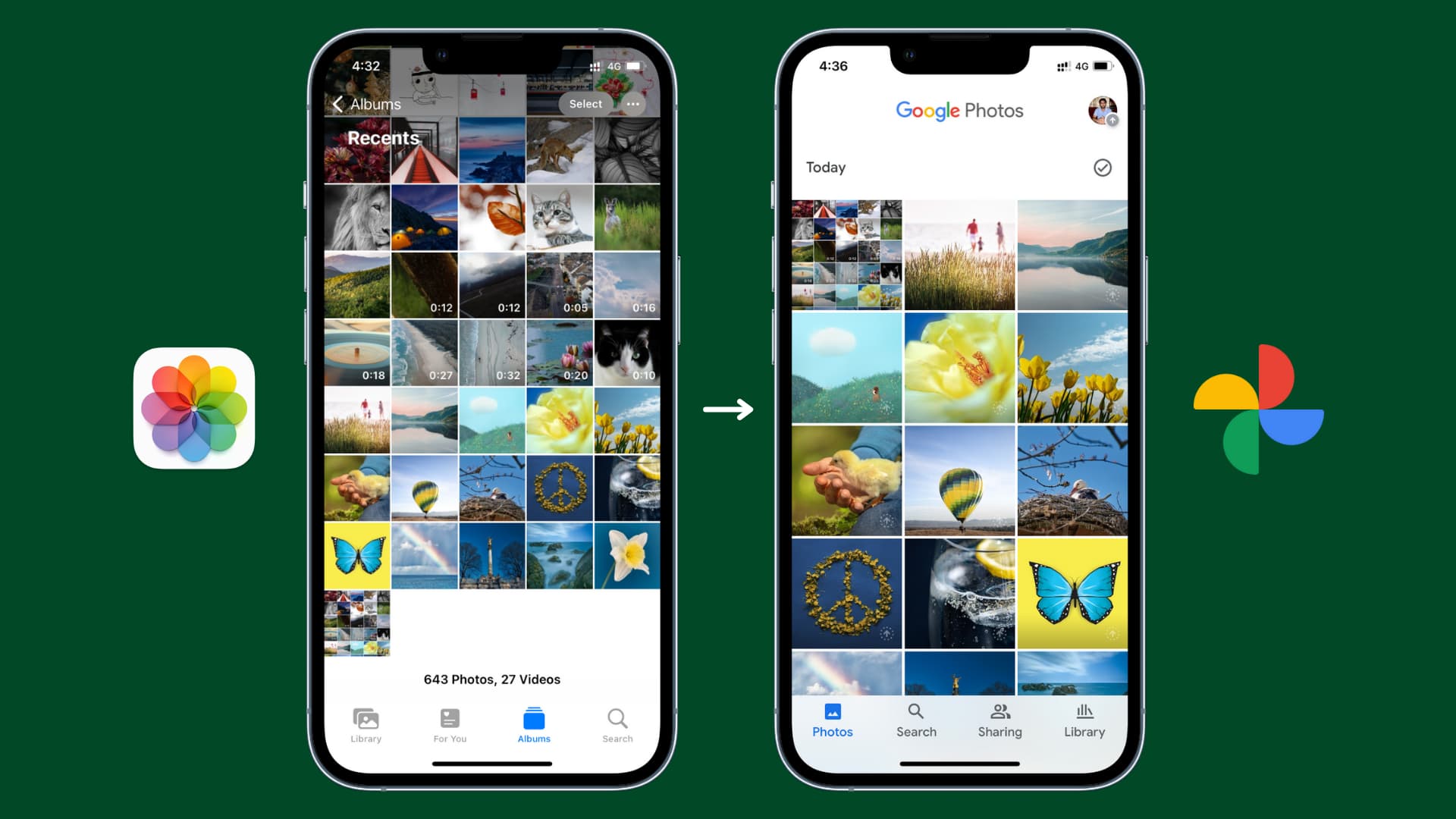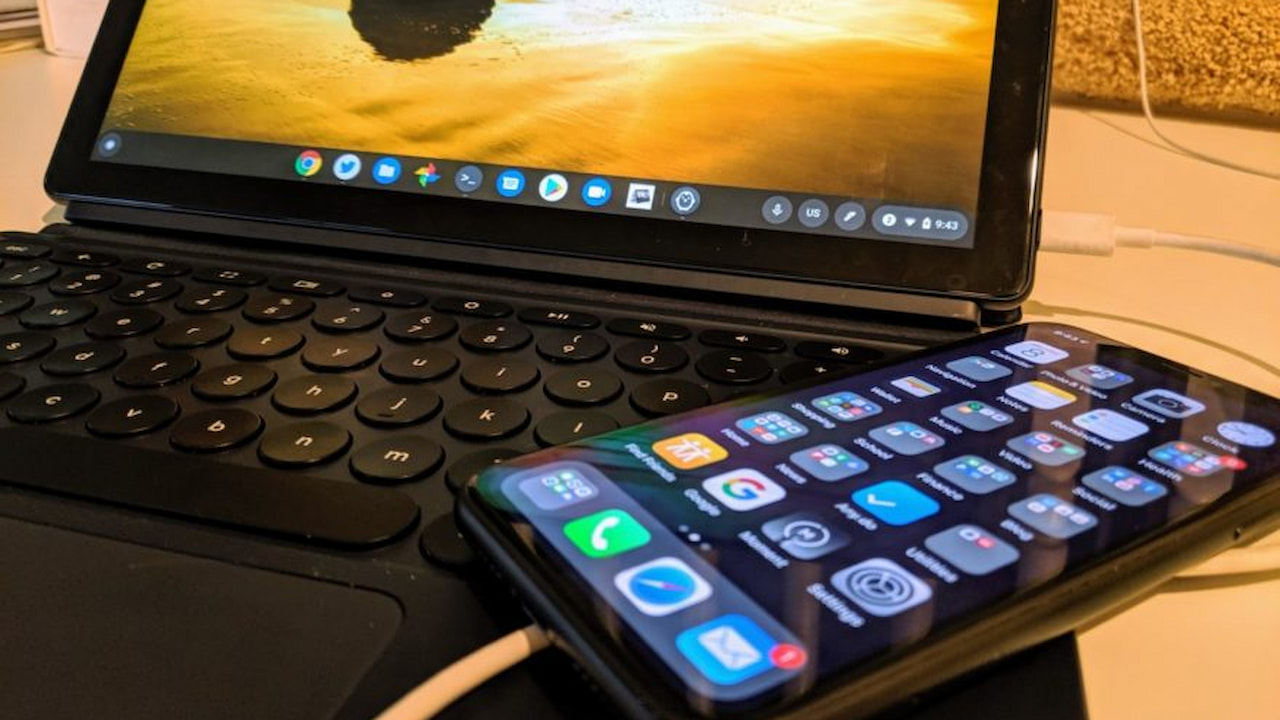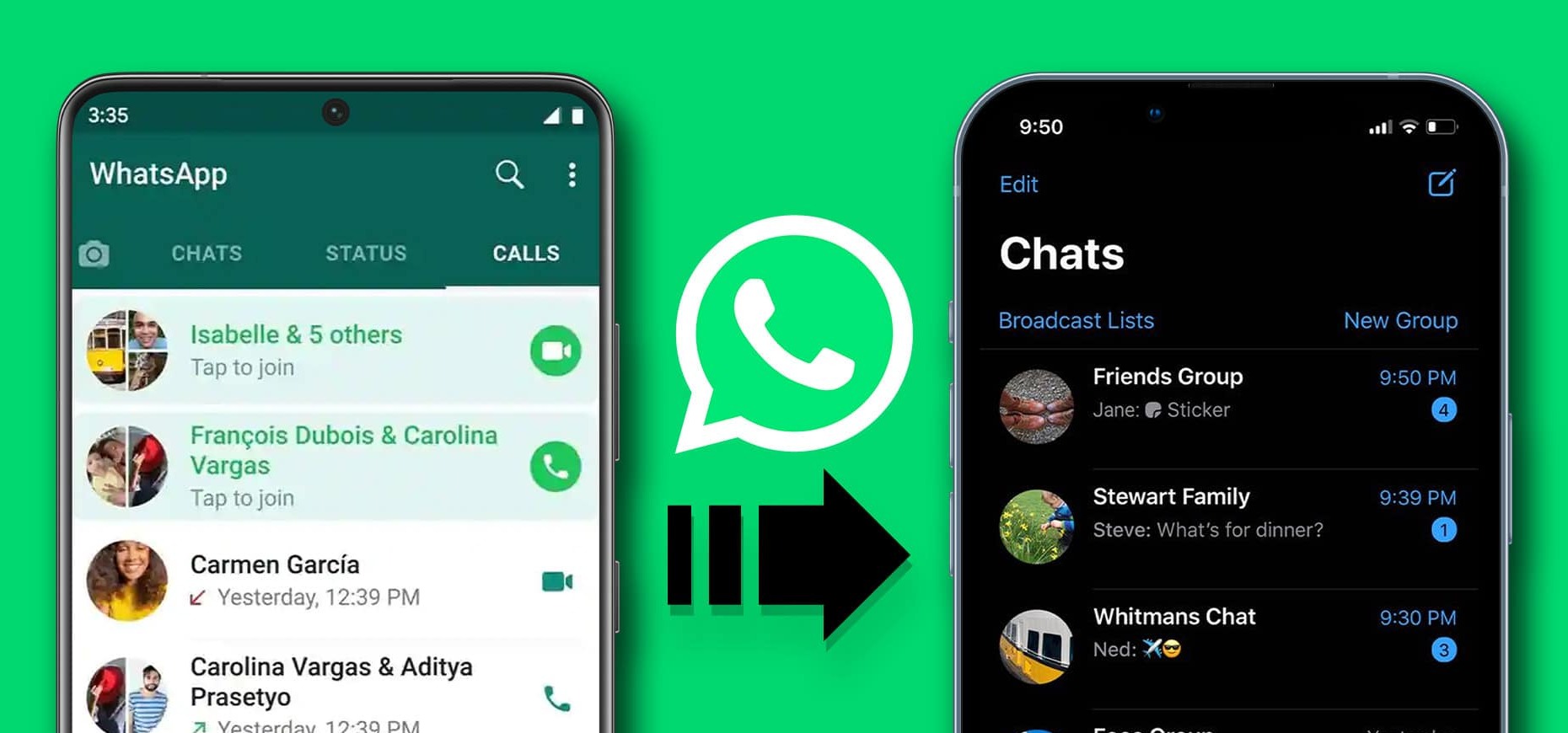Introduction
Backing up your phone’s data is essential to ensure that you don’t lose any important information in case of unexpected events such as damage, theft, or software malfunctions. Google Drive provides a convenient solution for Android users to create backups of their devices, including app data, contacts, photos, and more. By downloading your phone backup from Google Drive, you can have a local copy of the data that can be easily restored to your device.
In this guide, we will walk you through the step-by-step process of downloading your phone backup from Google Drive. Whether you need to transfer your data to a new device or simply want to keep a local copy for extra security, this method will enable you to access and download your backup whenever you need it.
Please note that this guide specifically focuses on downloading phone backups from Google Drive for Android devices. If you are using an iPhone, the process may differ, as Apple provides its own backup solution called iCloud. With that said, let’s get started with downloading your phone backup from Google Drive!
Step 1: Sign in to your Google account
In order to access and download your phone backup from Google Drive, the first step is to sign in to your Google account. By signing in, you will have access to all the data that you have backed up using your Google account.
To sign in to your Google account, follow these simple steps:
- Open your preferred web browser on your computer or mobile device.
- Go to the Google website by typing www.google.com in the address bar.
- Click on the “Sign in” button located at the top right corner of the page.
- Enter your Google account email address and click “Next”.
- On the next page, enter your password and click “Next” to sign in to your Google account.
Ensure that you are using the correct email address and password associated with your Google account. If you have forgotten your password, you can click on the “Forgot password?” link and follow the instructions to reset it.
Once you have successfully signed in to your Google account, you are now ready to proceed to the next step of accessing Google Drive and locating your phone backup file.
Step 2: Access the Google Drive website
After signing in to your Google account, you will need to access the Google Drive website to view and download your phone backup file. Google Drive is a cloud storage platform provided by Google, where you can store and manage your files, including phone backups.
To access the Google Drive website, follow these steps:
- Open your web browser and go to the Google website at www.google.com.
- Click on the “Apps” button in the top right corner of the page, represented by a square grid of nine dots. This will open a dropdown menu.
- From the dropdown menu, click on “Drive” to open the Google Drive homepage.
Alternatively, you can also directly visit the Google Drive website by typing drive.google.com in the address bar of your web browser.
Once you have accessed the Google Drive website, you will see a list of all the files and folders that you have stored in your Google Drive account. The next step is to locate your phone backup file so that you can download it to your device.
Remember to ensure that you are signed in to the same Google account that you used to create the phone backup. If you are signed in with a different account, you may not be able to access your backup files.
Step 3: Locate your phone backup file
Once you have accessed the Google Drive website, the next step is to locate your phone backup file. Google Drive organizes files and folders in a hierarchical structure, making it easy to navigate and find the specific file you’re looking for.
To locate your phone backup file, follow these steps:
- On the Google Drive homepage, you will see a list of files and folders. If you have a large number of files, you can use the search bar at the top of the page to search for your backup file by name or keyword.
- If you know the name of your backup file, enter it into the search bar and press Enter. Google Drive will filter the results and display files that match your search criteria.
- If you are not sure about the name of your backup file, you can look for it manually by navigating through the folders in your Google Drive. Click on the folders to open them and browse through the files inside.
- Look for a folder that may be associated with your phone or backup, such as “Phone Backup,” “Android Backup,” or a folder named after your device model or manufacturer.
- Once you have located the folder containing your backup file, click on it to open it. Inside the folder, you should see the backup file along with any other related files or folders.
Take your time to double-check and ensure that you have selected the correct backup file before proceeding to the next step. It’s important to download the right file to ensure that you can restore your data accurately.
Now that you have successfully located your phone backup file, you’re ready to move on to the next step of downloading it to your device.
Step 4: Download the phone backup file
Once you have located your phone backup file in Google Drive, the next step is to download it to your device. By downloading the backup file, you will have a local copy that can be easily accessed and restored whenever needed.
To download your phone backup file, follow these steps:
- Within the folder containing your backup file, locate the specific backup file you want to download.
- Click on the backup file to select it. You can identify it by its name, file type, or any other information you have.
- Once the backup file is selected, right-click on it (or long-press if using a touchscreen device). This will bring up a context menu with various options.
- From the context menu, select the “Download” option. Your web browser will then begin downloading the backup file to your device.
- Depending on the file size and your internet connection speed, it may take some time to complete the download. You can monitor the progress of the download in your browser’s download manager.
Once the download is complete, you will have a local copy of your phone backup file on your device. You can choose to save it in a specific location for easy access, such as your desktop or a dedicated backup folder.
Remember to keep the downloaded backup file in a safe and accessible location. It’s recommended to create multiple backups and store them in different locations to ensure redundancy and avoid any data loss.
Congratulations! You have successfully downloaded your phone backup file from Google Drive. Now you can proceed to the next step, which is extracting the backup file (if applicable) to access and restore your backed-up data.
Step 5: Extract the backup file (if applicable)
If your phone backup file is in a compressed format, such as a ZIP file, you will need to extract its contents before you can access and restore your backed-up data. The extraction process allows you to retrieve individual files or folders from the backup file.
Follow these steps to extract your phone backup file:
- Locate the downloaded backup file on your device. It should be saved in the location you chose during the download process.
- If the backup file is in a compressed format, right-click on it (or long-press if using a touchscreen device) to open the context menu.
- From the context menu, select the option to extract or unzip the contents of the backup file. This action will create a new folder containing the extracted files and folders.
- You may be prompted to choose a destination folder where the extracted files will be saved. Select an appropriate location on your device.
- Wait for the extraction process to complete. The time it takes can vary depending on the size of the backup file and the processing power of your device.
Once the extraction process is finished, you can explore the newly created folder to access your backed-up data. Inside the folder, you should find individual files, such as photos, documents, videos, or any other data that you backed up from your phone.
Take note that the specific method of accessing and restoring your backed-up data will depend on the type of files and the apps or services you used to back up your phone. For example, if you backed up your contacts, you may need to import them into your contacts app; if you backed up app data, you may need to restore it within the respective apps.
It’s important to refer to the instructions provided by the app or service you used to create the backup for the most accurate and up-to-date guidance on restoring your data.
With the backup file extracted and your data accessible, you have completed the final step in the process of downloading and preparing your phone backup. You’re now ready to restore the data to your device and enjoy the peace of mind that comes with having a secure and accessible backup of your phone’s important information.
Conclusion
Downloading your phone backup from Google Drive is a crucial step in securing your valuable data and ensuring its accessibility in case of unexpected events. By following the steps outlined in this guide, you can easily sign in to your Google account, access the Google Drive website, locate your phone backup file, download it to your device, and extract its contents if needed.
Having a local copy of your phone backup file provides an extra layer of security, allowing you to restore your data quickly and efficiently whenever necessary. It’s important to regularly create and download backups to ensure that your data is always up to date and readily available.
Remember to keep your downloaded backup file in a safe and easily accessible location, such as a dedicated backup folder or an external storage device. Consider creating multiple backups in different locations to ensure redundancy and protect against data loss.
By following good backup practices, you can safeguard your important data, including contacts, photos, apps, and more. In the event of a lost, stolen, or damaged device, having a secure backup ensures that you can quickly restore your data to a new device and resume your digital life without any interruptions.
We hope this guide has been helpful in assisting you with the process of downloading your phone backup from Google Drive. By taking proactive steps to protect your data, you can have peace of mind knowing that your valuable information is secure and easily accessible whenever you need it.







